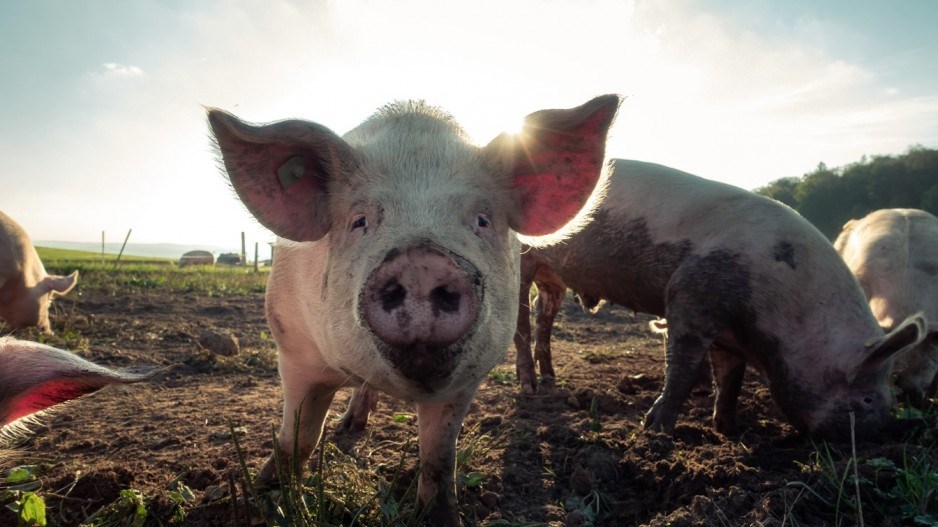Canadians paid 6.9-per-cent more for groceries in August than they did in August 2022, but that was only if they purchased the same items in both of those months, according to Statistics Canada.
Buying pork or fish products instead of beef and chicken was one way consumers could have stabilized their food budgets.
Statistics Canada makes clear that its Consumer Price Index is not a cost-of-living gauge because consumers could substitute lower cost items for higher priced items and find the same enjoyment.
"The idea is that consumers would normally switch between products as the price relationship of goods changes," the nation's number cruncher said. "If, for example, consumers get the same satisfaction from drinking tea as they do from coffee, then it is possible to substitute tea for coffee if the price of tea falls relative to the price of coffee."
Today's data for grocery price changes shows that prices for various centre-of-the-plate proteins fluctuated wildly.
Fresh or frozen beef prices, for example, soared 11.9 per cent in August, compared with August 2022. Fresh or frozen chicken prices also saw steep inflation, and rose 8.9 per cent in August, compared with August 2022. It was pig-related meats that became more affordable. Canadian fresh and frozen pork prices fell 0.9 per cent year-over-year in August, while ham and bacon prices declined 5.9 per cent in that time period.
While chicken is supply managed in Canada, beef and pork products are not.
Pork producers have faced steep competition from global companies in Europe and the U.S.
Struggles in the pork sector have been ongoing, with Quebec pork producer Olymel in April saying that it would close a major slaughterhouse, laying off 994 workers as it restructures amid tough market conditions.
No one from the Canadian Pork Council or BC Pork were immediately available for an interview.
B.C.-based specialty pork producer Hop Creek Farms' farm manager Kyle Rankin told BIV that his company raised prices by a low single-digit percentage in the past year because costs have been rising.
His company is different from larger pork producers because all of Hop Creek Farms' pork is fed grass and eat organic non-medicated feed. Sales are largely direct to consumers, and not through resellers.
Fish lovers saw grocery bills rise at a slower pace than others, with that category overall seeing 3.5-per-cent inflation in August, compared with August 2022. That 3.5-per-cent increase was for the entire fish category as well as for the "fish, seafood and other marine products" category.
Canned fish increased in price by 4.9 per cent while fresh and frozen fish, including fish sticks, rose in price by 3.1 per cent in August year-over-year.
Consumers who bought a lot of cereal-based products may have seen their grocery bills jump more than the average Canadian. Cereal products' prices increased 9.8 per cent, according to Statistics Canada.
Those who ate a lot of pasta were particularly hard hit, as those products increased in price by 12.8 per cent year-over-year in August – the highest among items in the cereal category.
Breakfast cereals saw a 10.3-per-cent year-over-year price increase in August, while rice prices increased 10 per cent in that time frame.
Those who made their own fruit juice saw less inflation than others.
Fresh fruit prices only increased by 0.2 per cent year-over-year in August while ready-made fruit juices increased in price by 12.5 per cent. Fresh vegetables increased in price by 8.7 per cent.
Among the products that saw less inflation than the average food product year-over-year in August were eggs (3.6 per cent) and flour and flour-based mixes (0.4 per cent).




